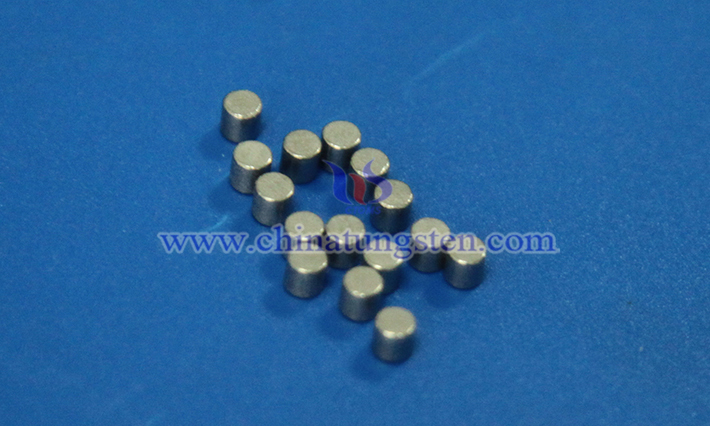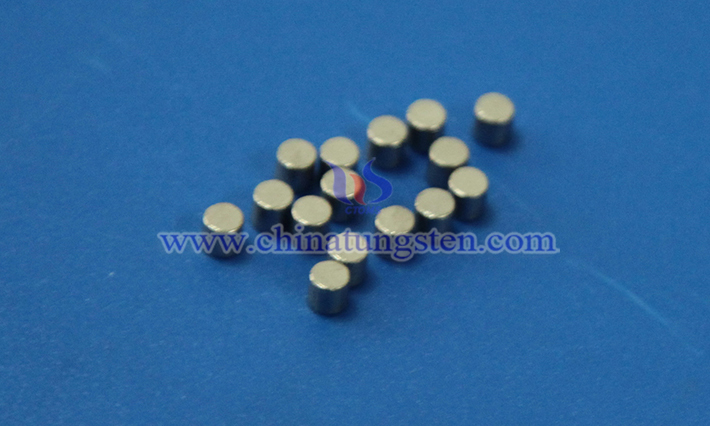Barium Tungsten Electrode for Vacuum Electronic Devices
- Details
- Category: Tungsten Information
- Published on Sunday, 27 April 2025 18:44
As a core material for vacuum electronic devices, barium tungsten electrodes occupy a pivotal position in the field of vacuum electronic technology by optimizing electron emission performance and operational stability. Their applications span a wide range of scenarios, including power conversion, industrial heating, and scientific research exploration, serving as crucial support for the efficient operation of modern electronic devices.

1. What are Vacuum Electronic Devices?
Vacuum electronic devices are electronic components that utilize the motion of electrons within a vacuum environment to achieve specific functions. Their core structure comprises vacuum-sealed enclosures, electron emission sources (cathodes), and anodes, among other components. By controlling electron flow, these devices accomplish energy conversion or signal processing. Common types include vacuum switch tubes, X-ray tubes, and magnetrons.
2. What are Barium Tungsten Electrodes?
Barium tungsten electrodes are composite materials fabricated by impregnating a tungsten matrix with active substances such as barium oxide (BaO). Tungsten's high melting point (3422°C) ensures the electrode's ability to withstand high-temperature operating environments, while the addition of barium compounds significantly reduces the material's work function, facilitating easier electron emission from the surface and enabling stable emission characteristics.

3. Applications and Advantages of Barium Tungsten Electrodes in the Field of Vacuum Electronic Devices
3.1 Power Electronics
In systems such as high-voltage direct current (HVDC) transmission and electric locomotive traction, barium tungsten electrodes serve as critical components in vacuum switch tubes, enabling rapid current interruption through efficient electron emission. Their low ignition voltage characteristics reduce equipment start-up energy consumption and extend device service life.
3.2 Industrial Heating and Lighting
When applied in high-power vacuum arc furnaces and industrial heating equipment, the high current-carrying capacity of barium tungsten electrodes (reaching thousands of amperes) ensures efficient energy transmission. In gas discharge light sources such as electrodeless lamps, their stable electron emission properties guarantee the long-term reliable operation of these light sources.
3.3 Medical and Scientific Research Equipment
In X-ray tubes, barium tungsten electrodes act as cathodes to generate high-energy electron beams, providing the foundation for medical imaging diagnostics. Scientific research devices such as synchrotron radiation light sources rely on their poison resistance to maintain stable electron output in complex gas environments.
3.4 Aerospace and Defense
As a key material for magnetrons in satellite power systems, barium tungsten electrodes enable microwave signal amplification under vacuum conditions, supporting the stable operation of communication satellites. Their radiation resistance also meets the demands of extreme environments such as deep space exploration.
- Chinatungsten Online: www.tungsten.com.cn
- CTIA GROUP LTD: en.ctia.group
- Tungsten News & Price: www.ctia.com.cn
- Molybdenum News & Price: news.molybdenum.com.cn
- Tel.: 86 592 5129696; Email: sales@chinatungsten.com



 sales@chinatungsten.com
sales@chinatungsten.com